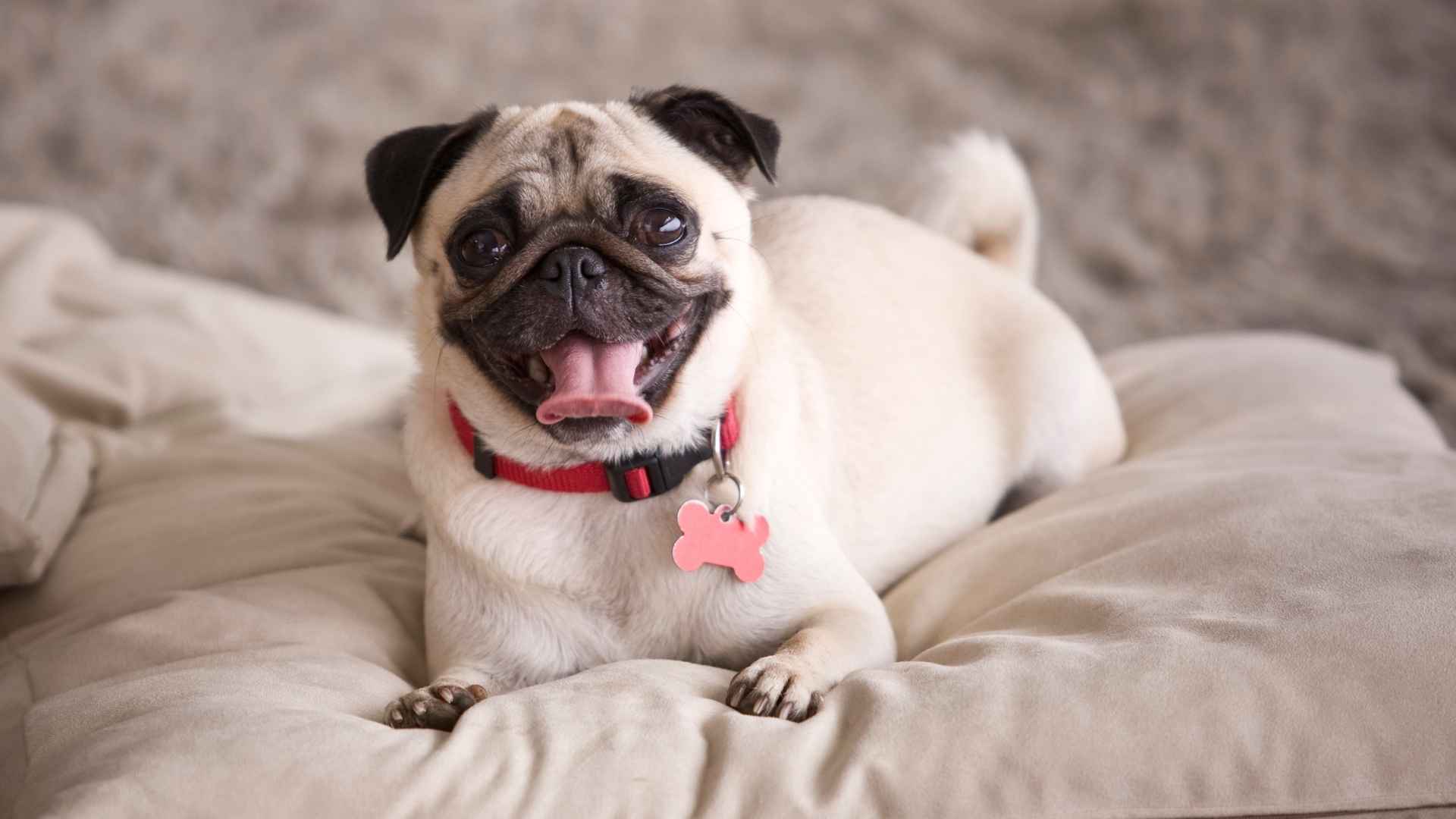Every home feels a little warmer with a dog in it. They bring stillness when you’re anxious, playfulness when the days feel dull, and company when you just need to be understood without saying a word.
But when space is tight, doubts start to whisper, “Can I even handle a dog here?” You imagine knocked-over plants, constant barking, and insufficient room to move.
But that image isn’t always real. Dogs don’t need luxury to be happy. They need love, structure, and a space, however small, where they feel safe. Even in the coziest homes, the right dog can bring balance and companionship.
So, if your square footage is modest but your desire for a furry friend is growing, you’re in the right place. At the end of this article, you’ll discover dog breeds that are not just small in size but beautifully suited to the rhythm of small-home living.
Dog Breeds for a Small Home
1. Bichon Frise
The Bichon Frise adapts effortlessly to apartment life thanks to its calm indoor behavior and manageable energy levels. It doesn’t need a backyard to stay content — short daily walks and indoor play do the trick. Their cheerful attitude brings life to even the smallest spaces.
Low-shedding, clean, and tidy
One of the breed’s underrated traits is its non-shedding coat that helps keep your home cleaner than you’d expect from most small dog breeds, as per its breed profile by AKC. Though grooming is regular, it’s more about upkeep than mess control. They’re also known to be easy to housetrain with consistency.
Naturally social and responsive
This breed picks up on routines quickly and reads the room better than most. It adjusts its energy to match yours — a relaxed day indoors or a quick stroll outside both suit it well. With early socialization, they can get along with other dogs in shared spaces.
Deep bond with their humans
While the Bichon is friendly to guests, it reserves its strongest loyalty for its family. Its emotional intelligence makes it a naturally intuitive canine companion. It won’t just fit into your home, it’ll learn the rhythm of it and blend right in.
2. French Bulldog
French Bulldogs were bred to be city dwellers, and it shows in how easily they settle into tight living spaces. They don’t pace or demand much space to stay content. Even their stocky build is ideal for homes where floor space is limited.
Minimal noise, maximum charm
They rarely bark unless there’s a real reason, which makes them one of the best dog breeds for shared walls or thin apartment floors, as per PetMD. Their expressive eyes and quiet ways say more than loud barks ever could. It’s quiet companionship, done right.

Thrives on human connection
Frenchies don’t just like being near their humans—they crave it. Their gentle dependency makes them especially adored by pet parents who spend a lot of time at home. They’re not clingy, just tuned in and constantly nearby without being overwhelming.
Low-maintenance furry companion
The short coat requires only occasional brushing, and its compact size makes bath time quick and easy. They overheat easily, which keeps their outdoor needs light. A Frenchie is the kind of furry canine who’s all about life indoors, next to you.
3. Greyhound
Despite their athletic background, Greyhounds are surprisingly still for most of the day. They’re content lounging for hours, making them one of the best fits for apartment living. Their activity needs are met with just a few short walks and occasional sprints.
Exceptionally quiet and clean
Greyhounds rarely bark indoors and carry little body odor, which makes them ideal in shared-wall environments. Their thin coat doesn’t shed heavily, and grooming is minimal. Many dog breeds require more maintenance than this laid-back sprinter ever will.
A gentle soul with deep roots
This ancient breed has been around for thousands of years, with depictions dating back to ancient Egypt, as highlighted by Oxford Stadium. Their calm, almost regal demeanor reflects centuries of selective breeding. They carry themselves with a quiet grace that suits smaller spaces.
Emotional depth without neediness
They form close bonds with their humans but do it in a subtle, grounded way. Their affectionate nature shows up in quiet companionship — always nearby, but never overwhelming. With the right introduction, they usually co-exist peacefully with cats and other pets.
4. Pug
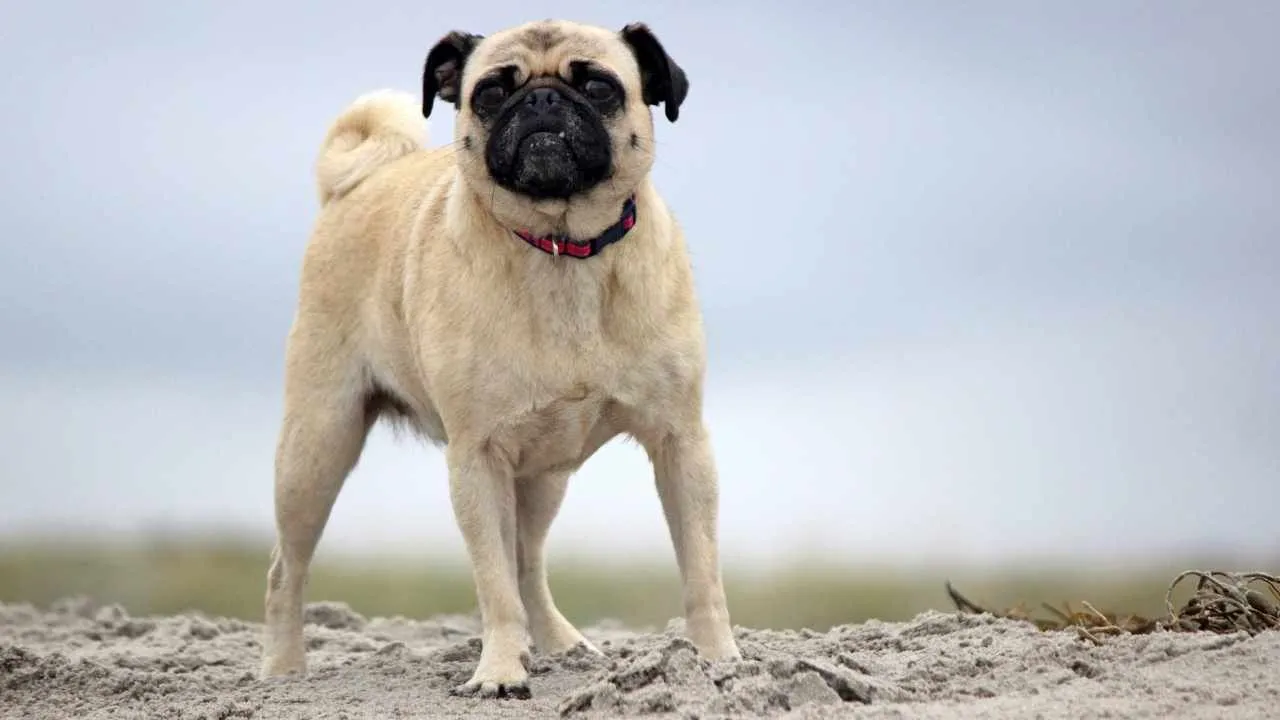
The Pug’s compact, square build makes it ideal for narrow hallways and tight corners — even in a tiny house. They’re not prone to knocking things over or pacing endlessly. Instead, they tend to settle down and stay close to wherever their person is.
Minimal movement, maximum personality
Pugs don’t need wide-open space to entertain themselves. They often find a single sunlit spot or cushioned surface and claim it like royalty. Their expressive eyes and soft snorts create a level of charm you won’t get from more energetic breeds.
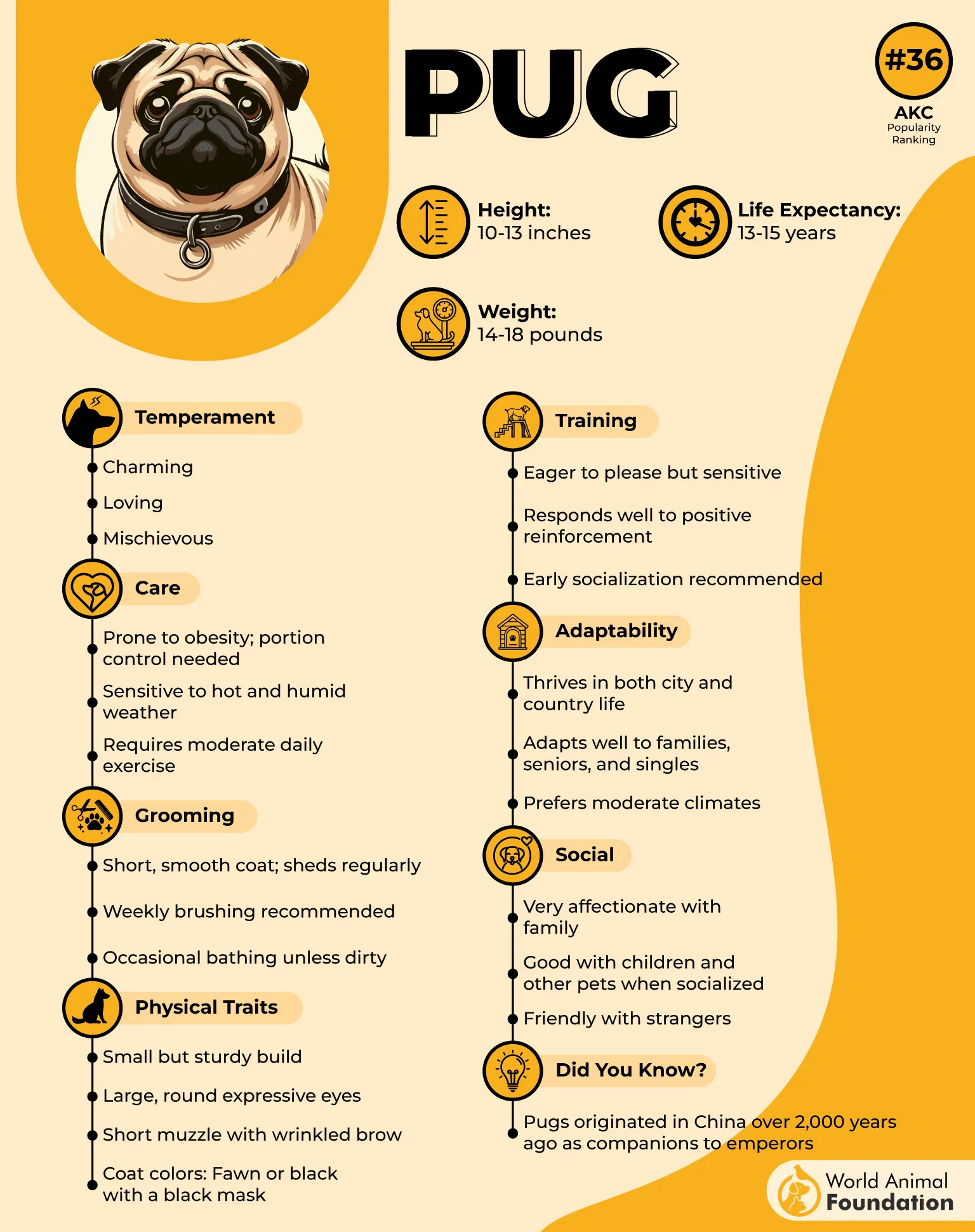
Attachment-driven routines
This breed thrives on routines built around human companionship, not outdoor adventures. They’re more likely to follow you from room to room than chase squirrels outside. This makes them easier to manage indoors without a constant need for distraction.
A true definition of a lap dog
Pugs are among the few small breeds that truly live up to the lap dog label — and not just for naps. They enjoy being talked to, leaned on, and even included in minor daily rituals. Their closeness is physical, emotional, and quietly persistent.
5. Havanese
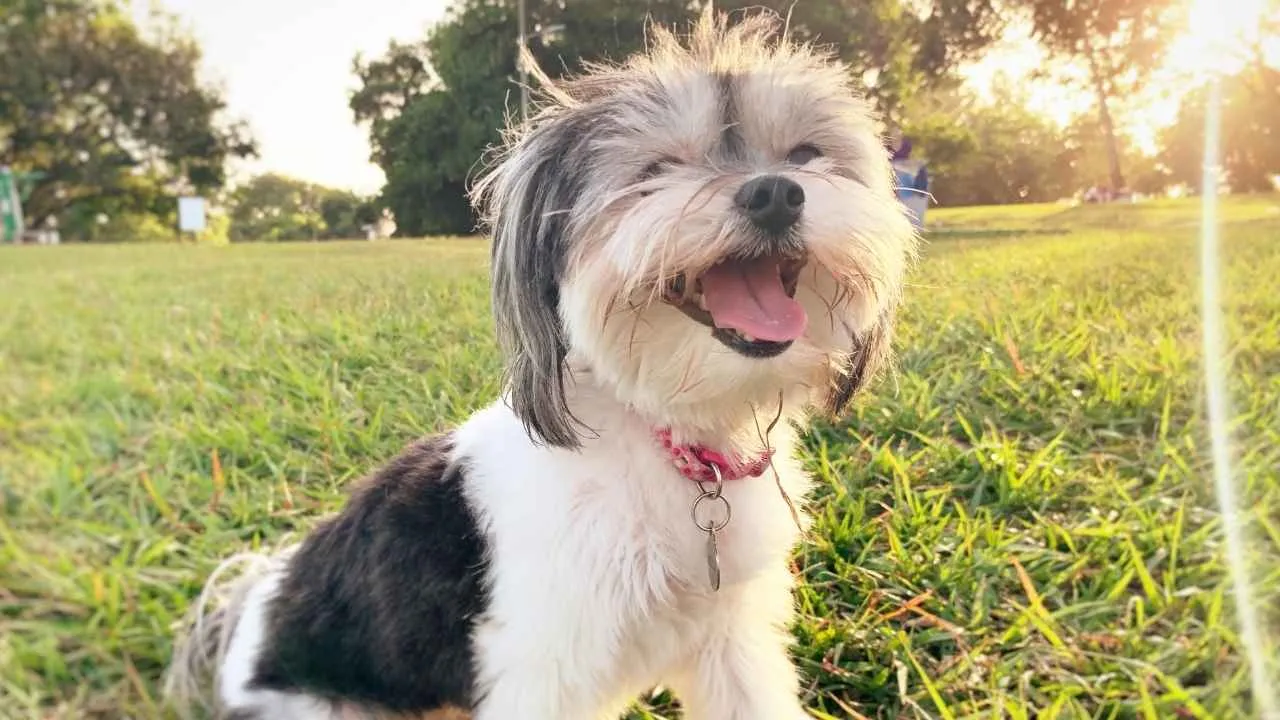
Originally bred as a companion in Cuban homes, the Havanese is instinctively suited for life in a small apartment. It doesn’t crave wide-open spaces — just a cozy spot near its favorite human. Their compact frame and calm nature make them ideal for tight living quarters.
Tail-Wagging Emotional Radar
What sets this pup apart is its unusually keen sense of emotional awareness. Havanese often adjust their mood to yours, offering comfort without being overly demanding. This subtle emotional syncing is what makes them such good pets in quieter households.
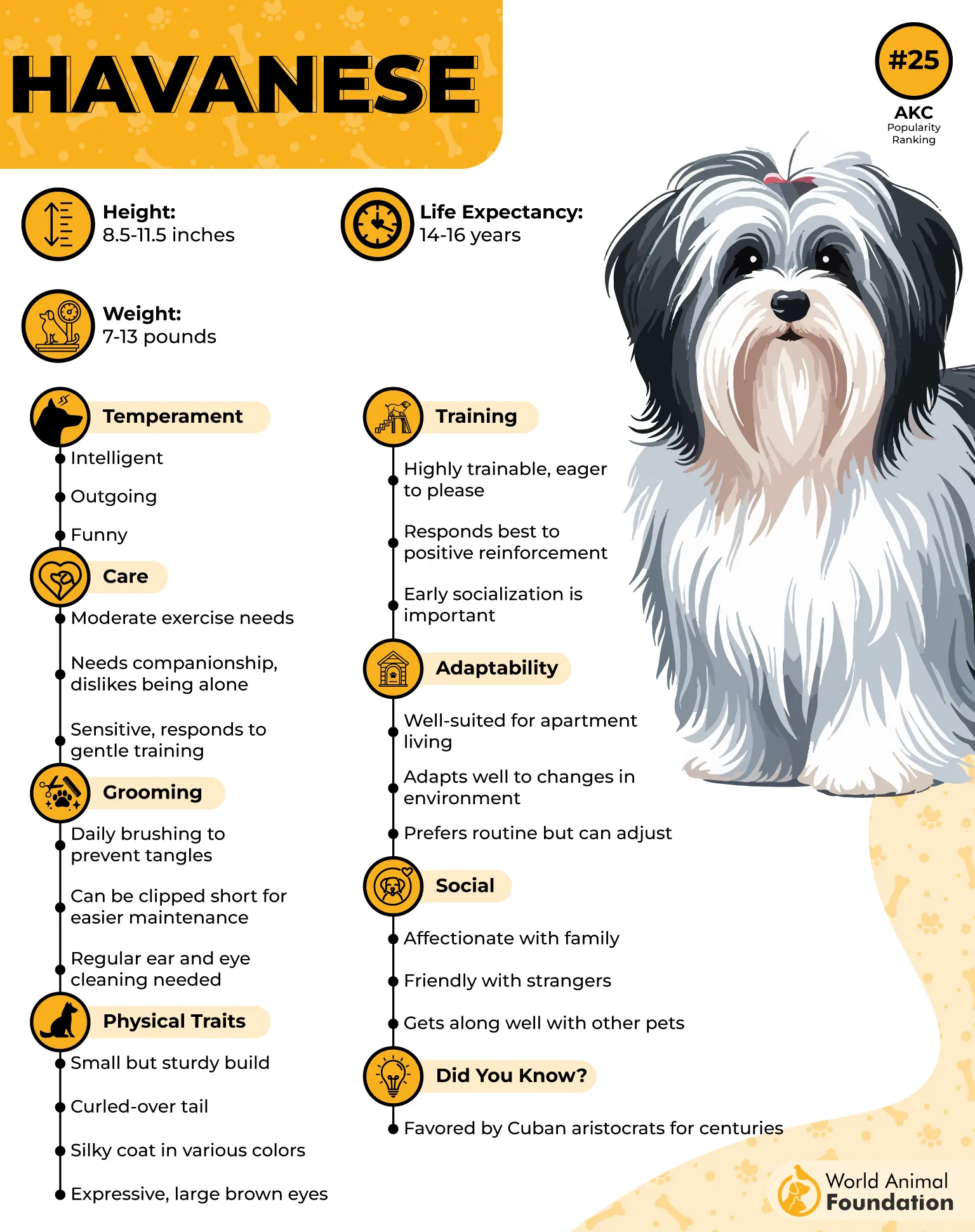
Hair That Grows — Not Sheds
Though it has a long, silky coat, shedding is surprisingly minimal, as per Purina. This breed’s hair grows more like human hair, requiring trimming but not vacuuming. Their grooming routine can be managed with regular brushing and occasional professional help.
Quiet but Not Timid
Unlike yappy breeds, the Havanese tends to stay relatively quiet, making them neighbor-friendly in apartment settings. Social by nature, this adorable pup does well with polite greetings and structured play. And yes — they’ll happily nap in your lap post-walk.
6. Shih Tzu
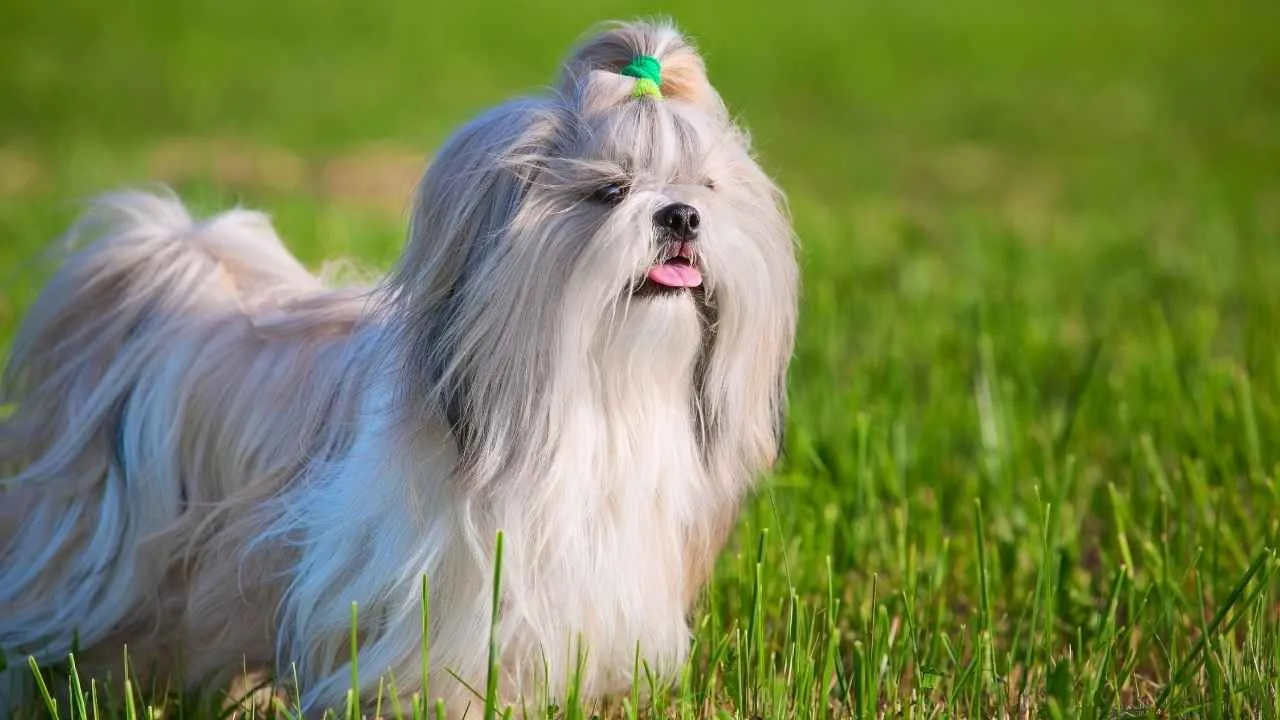
Initially bred to live inside Chinese imperial courts, Shih Tzus were never meant for the outdoors or sprawling spaces. Their comfort-first attitude and compact size make them perfect for tight city apartments. They genuinely prefer being inside, near their people.
Calm indoors, alert when needed
Shih Tzus don’t bark just for attention — they react when something unfamiliar happens, making them quiet most of the day. They won’t race around your furniture or scratch at doors. Even during alone time, they handle long periods better than expected with proper training.
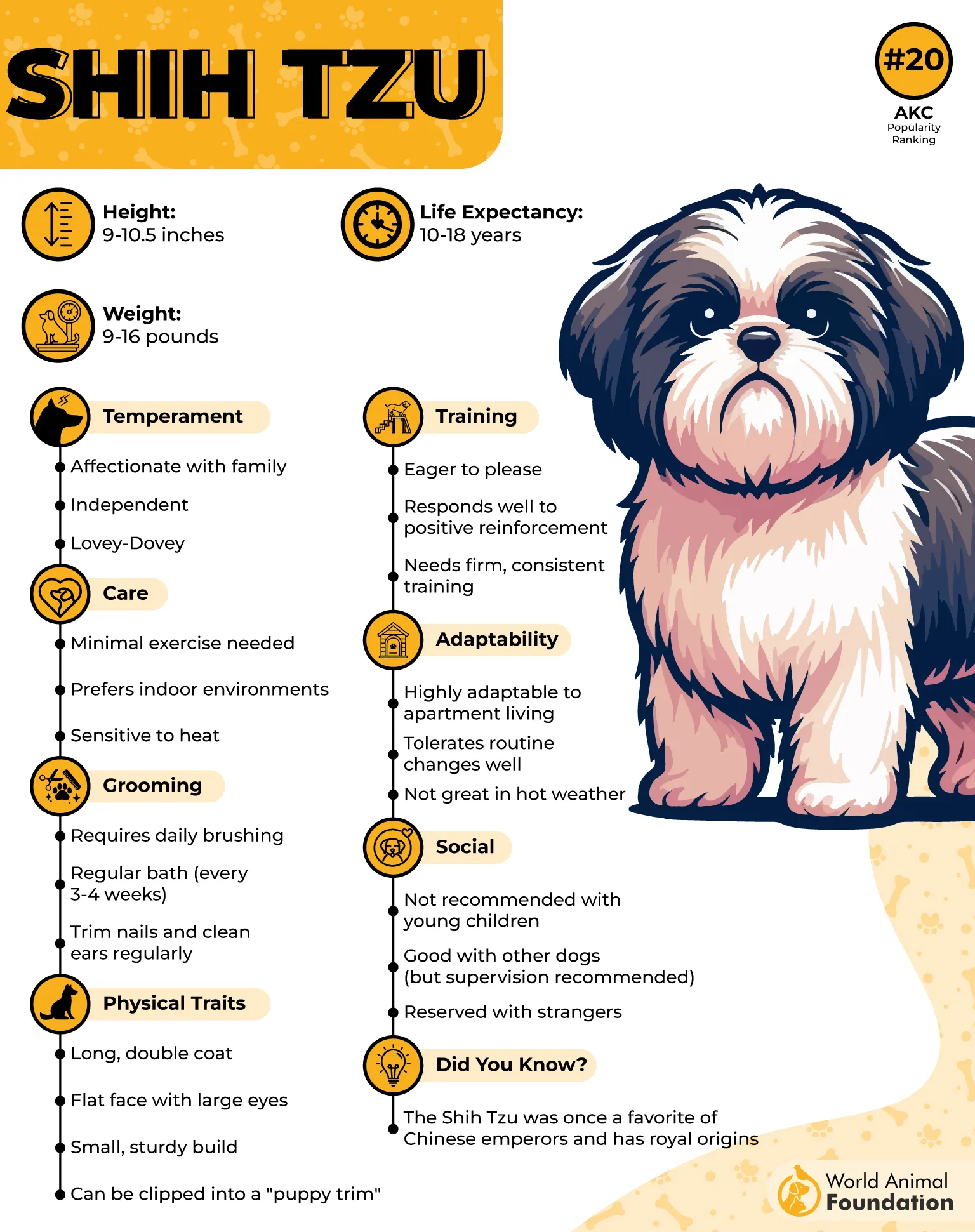
Attitude wrapped in fluff
This breed may look like a lap dog, but it comes with one of the boldest, sassiest personalities in the toy group. Shih Tzus know what they want — and they’ll signal it, sometimes with a tilt of the head or a slow blink. Underneath all that cute fluff is a smart, self-assured pup.
Low-impact care, big rewards
They don’t need intense exercise — a daily stroll and a short play session indoors are plenty. But coat maintenance does require attention, especially if you keep the signature long hair. Most owners opt for a shorter puppy cut to keep things manageable and hygienic.
7. Boston Terrier

Boston Terriers aren’t just physically suited for a small house—they also behave like they were designed for one. They don’t pace or bark excessively, and they rarely take up more than their fair share of space. Their short snout also means less drool and cleaner furniture.
Expressive eyes, subtle communication
What makes this breed stand out is how well it reads its humans. With oversized, expressive eyes, they’ll silently ask for playtime or just curl beside you without fuss. They’re naturally attuned to home routines and adjust without constant direction.
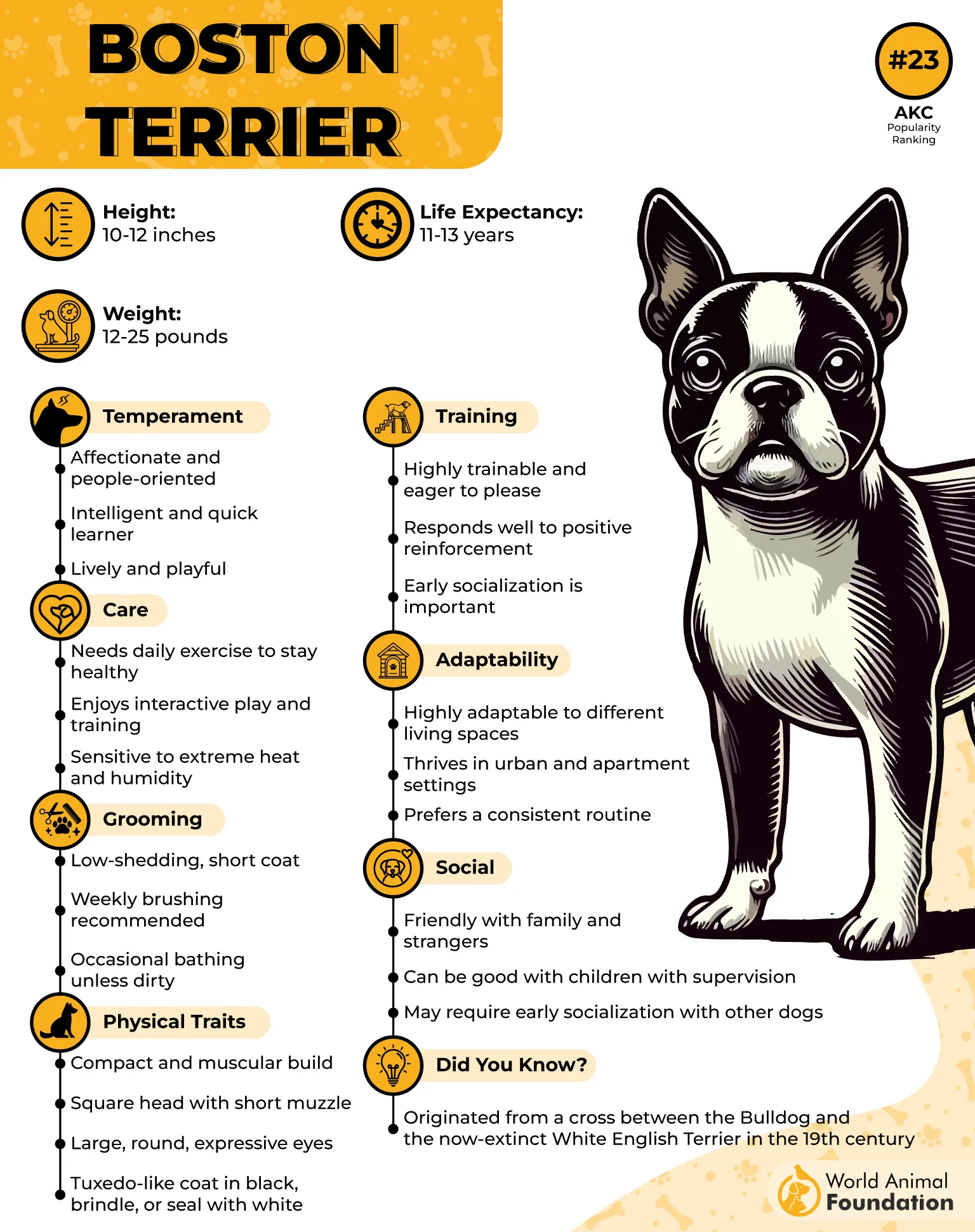
Short bursts of playful energy
You won’t find them bouncing off the walls all day, but their playful moments come in quick, joyful flashes. Tug-of-war in the hallway or a chase around the couch is usually enough. That balance between rest and activity fits limited space living perfectly.
Quick learners with a steady focus
Boston Terriers respond best to short, focused training sessions rather than long, repetitive drills. Their attention span is short but surprisingly sharp, especially when praise or a treat is involved. Even in a small home, they stay mentally engaged and eager to learn.
Conclusion
Big hearts don’t need big homes. Choosing a dog for a small space isn’t just about small size—it’s about temperament, needs, and how the dog fits your rhythm. Whether you prefer low-energy dogs that lounge or companions who enjoy mental stimulation in short bursts, there’s a perfect match out there.
Even breeds with a thick double coat or those known as toy breeds can thrive indoors with the right care. Remember, it’s not about settling for less, but finding more comfort in close connection.
If you’re unsure where to begin, check your local shelter—many loving, adoptable dogs are waiting for a smaller home to call their own. Because when love fits your life, it doesn’t take much space to grow.


